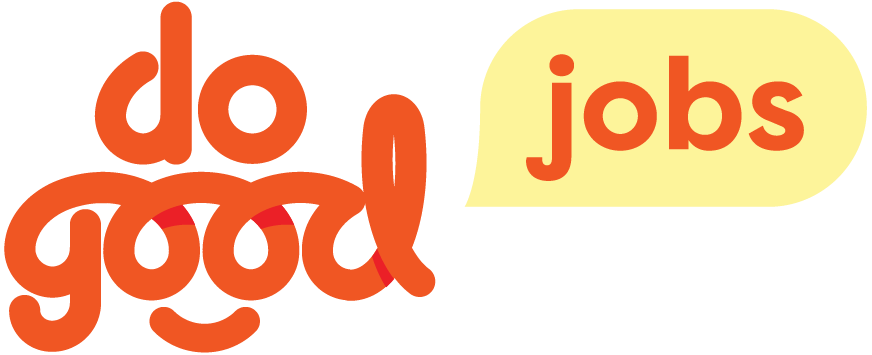How to get the best from our people, on a tight budget AND with maximum impact
By Grant Verhoeven
A senior manager told me: “There is only one thing worse than spending money to develop our staff, that is to not develop them, have them become disengaged and keep them.”
With the rapid pace of change, it is essential that we foster environments and build organisations that allow people to bring “their best” to work. Leaders and managers need to be able to empower their staff to solve problems, rather than just telling them what to do. Teams need to be more proactive to respond to client demands and with limited budgets, we need to be able to ensure that what we spend on staff development makes an impact.
The not-for-profit and do-good sectors have no shortage of passionate, motivated people. The very fact that there is a bigger cause other than just profit is why the majority of people choose the sector.
There is a war for talent with people who are experienced, often being approached by other organisations. There are high-pressure demands, that if not managed well, will cause people to leave for greener pastures, with the result being thousands of dollars of revenue being absorbed into the need to train new staff.
As a leader, manager or team leader do any of the following problems ring true?
Staff not respecting or understanding each other's preferences and differences
Spending too much time telling people the answers to problems they can solve for themselves
When asking for help with a project you are greeted with silence
Staff looking to you for their career progression, rather than owning it themselves
Sensing some grumblings in terms of staff engagement or negative team members
Being uncertain of how to manage and support teams through change (and even yourself).
One of the key factors linked with employment satisfaction and retention is the degree to which people have the opportunity to know, use, a be managed according to their strengths at work.
The Gallup Strengthsfinder is one of the most tested and well-researched tools to help people understand and assess what they do best at work. It can be used to identify team blind spots and build a language between team members that gets them working together as a “one team”, as opposed to feeling frustrated by different ways of working.
Helping people identify and understand their own and others strengths is like trying on a new pair of glasses at the optometrist and realising that things can be clearer, sharper and brighter. That everyone doesn’t work the same and that if we play to our strengths, we will be happier, achieve more and experience much more fulfillment at work.
Gallup research points out the chance of someone being actively disengaged goes down to 1% if managed based on their strengths, rather than 40% if their manager ignores them (Source: Gallup).
We can instill a new “Business as Usual” or BAU culture in our workplace using Strengthsfinder. Here are the 3 key parts.
B = Being aware
Understanding our strengths and doing the assessment is the first part. This then allows us to ask questions such as “Am I the best person to do this role?” or “Is there someone else who could do it better, faster and easier?”
Strengthsfinder builds a common language and trust in a team by giving a positive framework that people can share and talk about. Without this awareness, often people find themselves either communicating with others in a way that doesn’t land, or doing parts of a project that don’t fit, which leads to a feeling of frustration.
A = Appreciate others’ strengths
“Wow, now I see why they operate that way” is a common outcome. With strengths being positively based, rather than deficit-based it means participants feel good and celebrate their unique abilities and those of others. The chances of a participant having the same top 5 strengths, in the same order are 1 in 33 million – so diversity is to be celebrated.
U = Use our strengths
As leaders (or even aspiring leaders) we need to walk the talk. If we throw the assessment in the draw and forget about it, we have missed the point. Translating the insights from the assessment and the training into the day-to-day is what makes the impact. This is why a one-on-one debrief by a certified coach, is one of the fastest ways to translate the insights into action. I often call coaching the “crack cocaine of change”. Done properly, professional coaching creates insights that propel people forward faster than they would move themselves.
In conclusion, we need to help people be, and bring their best to work. To do this, we need to be able to grow self-awareness and help them use their strengths. If you, or any of your managers and leaders would like to explore how Strengths can be used to form high function teams, email me at grant@sparked.co.nz for a free “team strengths review”.

